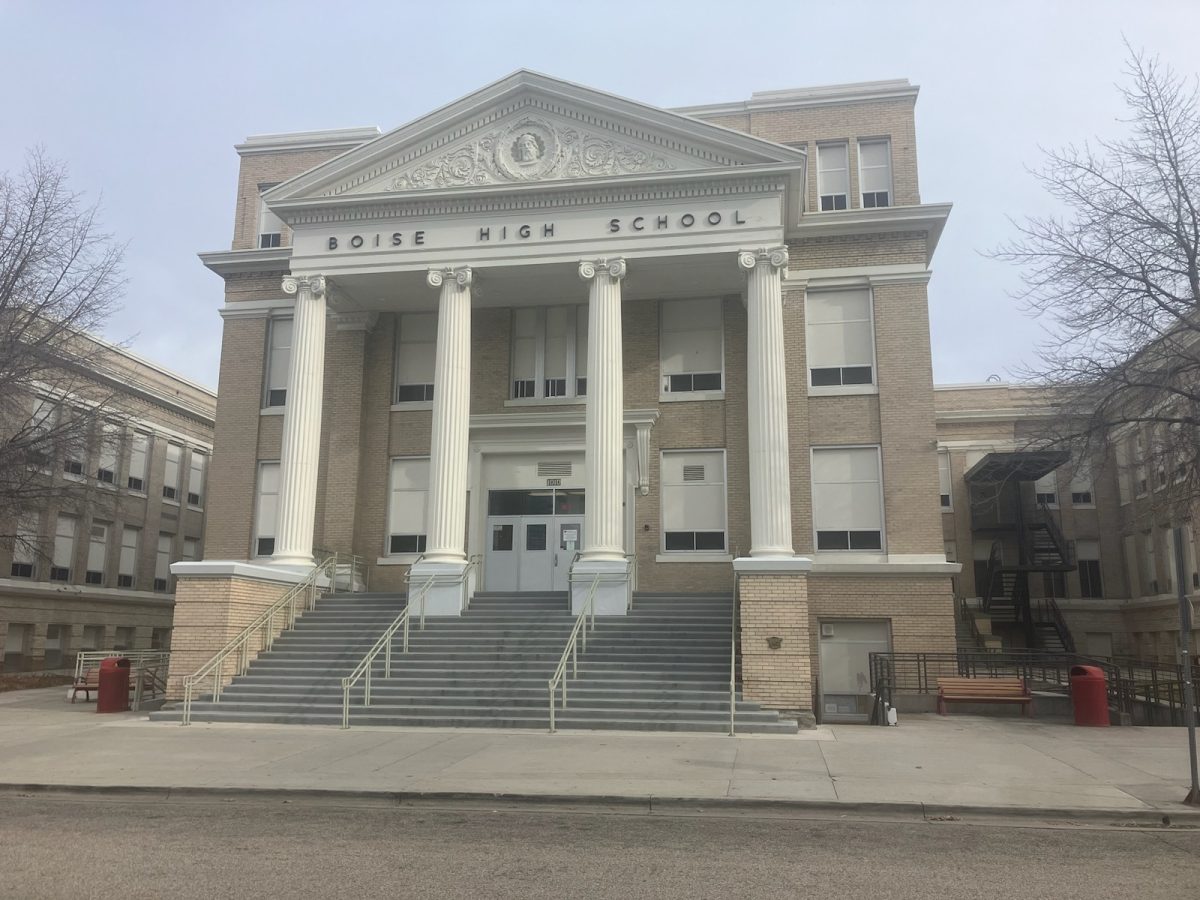The weather has been changing. The usually drought ridden California has now been facing an onslaught of rain, and the city of LA has found itself in the midst of repeated flooding. The recent deluges have laid bare the city’s vulnerability to extreme weather events, prompting urgent calls for action. Citizens have expressed outrage about the lack of preparedness and outdated infrastructure, including old storm drains and impermeable surfaces that increase the risk of flooding and mudslides. A single storm has the power to bring chaos upon the city’s streets and has left residents stranded on streets and in their flooded homes.
Part of this issue stems from California generally being warm and dry. Large storms are uncharacteristic for the area, as persistent drought has plagued California for years. While heavy rainfall might seem like a long needed break for the dry landscape, experts warn that it does little to alleviate the long-term water scarcity facing the region. Instead, much of the precipitation is lost to runoff or absorbed by parched soils, providing only temporary relief. Although LA was unprepared to face the storms, the major reason for the torrential downpour is climate change. This silent menace has had global impacts in all aspects of our lives. Rising sea levels, hotter days, increased hurricanes, intense month long heatwaves, and caustic smoke lingering in the air from wildfires have all increased exponentially because of climate change. Cities across the world are facing these impacts, and just like LA, they need to adapt before it’s too late.
In the Netherlands, a country that has a severe risk of flooding as part of it is below sea level, the use of innovative technologies has allowed for adaptation to the changing climate. Large seawalls and dikes have been constructed to prevent rising sea levels from impacting citizens. Large pumps are also used to ensure that when flooding occurs, water can be pumped into the ocean or water supply. Amsterdam has also employed innovative urban planning techniques such as green roofs and permeable pavement to help absorb excess rainwater, reducing the risk of flooding. In Boise, the city has invested in thousands of trees in order to mitigate the risk of heatwaves, as well as to prevent catastrophic flooding.
Many cities like LA have lots of work to do in preparing for the severe threat of climate change. The flooding has provided a glimpse into the bleak future ahead, hopefully prompting other countries and cities to consider ways to mitigate the effects of climate change.








